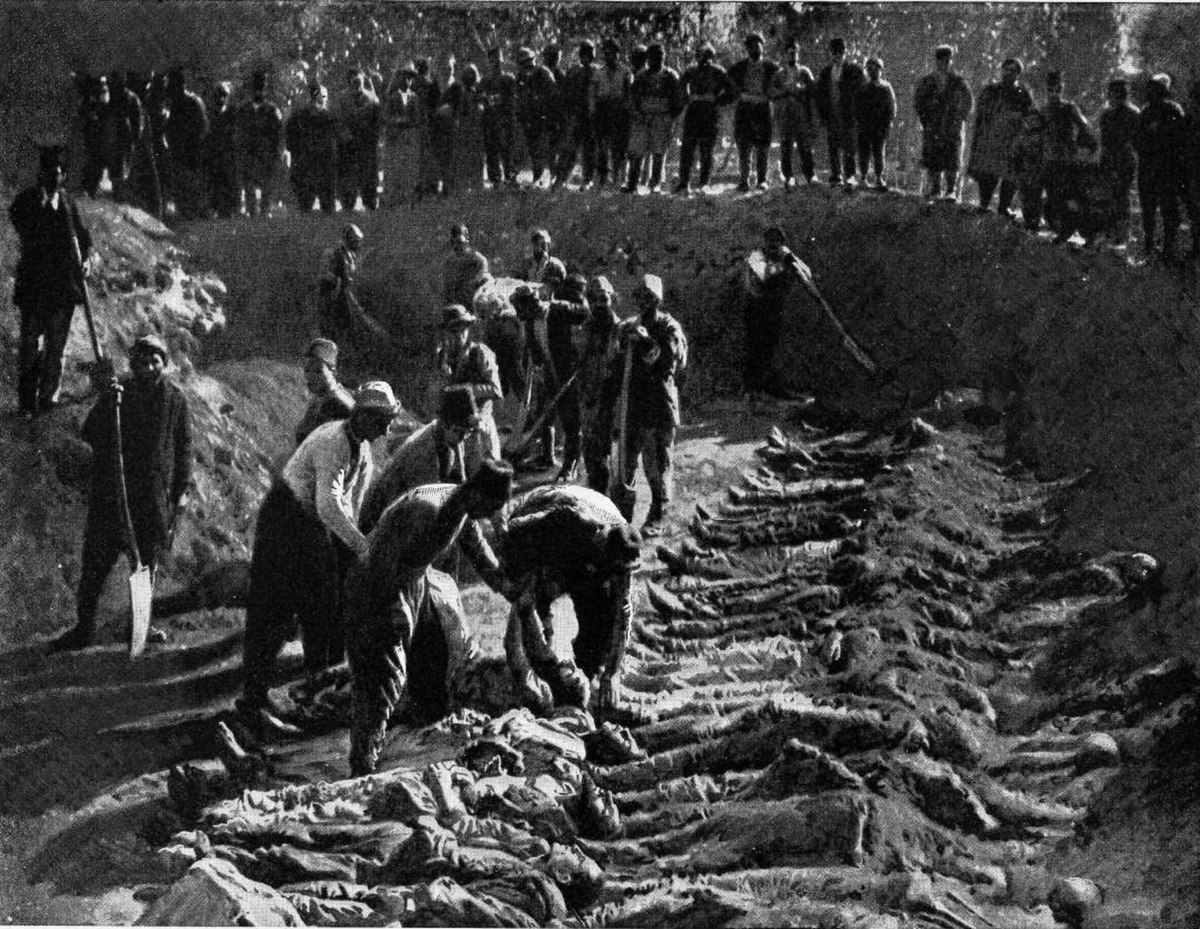
Hamidian Massacres
TürkiyeThe Hamidian massacres[69] also called the Armenian massacres, were massacres of Armenians in the Ottoman Empire in the mid-1890s. Estimated casualties ranged from 100,000[70] to 300,000,[71] resulting in 50,000 orphaned children.[72] The massacres are named after Sultan Abdul Hamid II, who, in his efforts to maintain the imperial domain of the declining Ottoman Empire, reasserted pan-Islamism as a state ideology.[73] Although the massacres were aimed mainly at the Armenians, in some cases they turned into indiscriminate anti-Christian pogroms, including the Diyarbekir massacres, where, at least according to one contemporary source, up to 25,000 Assyrians were also killed.[74]
The massacres began in the Ottoman interior in 1894, before they became more widespread in the following years. The majority of the murders took place between 1894 and 1896. The massacres began to taper off in 1897, following international condemnation of Abdul Hamid. The harshest measures were directed against the long persecuted Armenian community as its calls for civil reform and better treatment were ignored by the government. The Ottomans made no allowances for the victims on account of their age or gender, and as a result, they massacred all of the victims with brutal force.[75] The telegraph spread news of the massacres around the world, leading to a significant amount of coverage of them in the media of Western Europe and North America.
